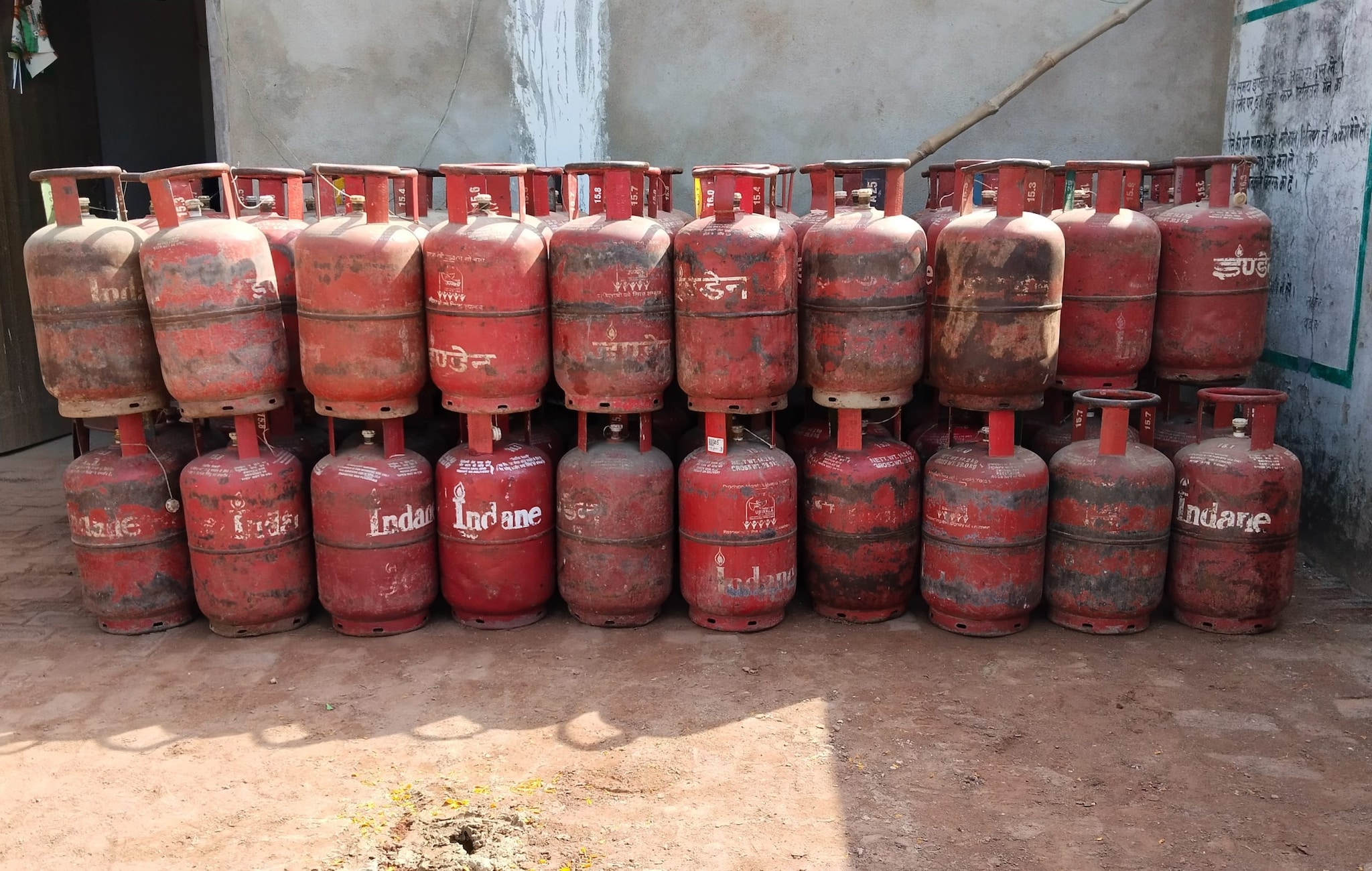The government says it is committed to transforming Thailand into an electric vehicle (EV) manufacturing hub, emphasising this policy also focuses on stimulating demand for EVs to encourage consumer adoption. Deputy Finance Minister Paopoom Rojanasakul said it is essential to build a domestic supply of EVs to meet this demand. The government shift to an EV production hub from internal combustion engine (ICE) vehicle production, through the EV3.
0 and EV3.5 schemes, led to domestic EV production by manufacturers based on state incentives to promote EV usage, including import tax reductions, excise tax cuts, and financial subsidies for EV buyers. EV3.

0 reduced the excise tax on EVs from 8% to 2%, lowered import taxes to 20-40%, and provided subsidies for EV buyers ranging from 70,000 to 150,000 baht per vehicle, depending on battery size, for vehicles priced less than 2 million baht. Buyers of pickups receive a subsidy of 150,000 baht, while motorcycles are entitled to a subsidy of up to 18,000 baht per unit. Under the EV3.
5 scheme, the excise tax on EVs was again reduced from 8% to 2%, with import taxes capped at 40%. This measure applies to cars priced less than 2 million baht. The subsidies were lowered to between 50,000 and 100,000 baht per EV, while the subsidy for pickups was 100,000 baht per unit, and 10,000 baht for electric motorcycles.
A total of 24 auto manufacturers participated in the EV3.0 measures, while eight joined EV3.5.
"The government policy aims to stimulate demand for EVs, making people want to use them, while also creating a domestic supply of EVs. If we don't do supply and demand simultaneously, we will fail," said Mr Paopoom. "The worst outcome would be if Thais become major consumers of EVs, but we are not producers.
This situation must not happen." He said while the government supports the transition to EVs, the industry needs to find a balance between maintaining the ICE industry and pushing for EV development. To that end, the government recently issued measures to promote hybrid EVs (HEVs) that run on both petrol and electricity, but cannot store electricity, as well as plug-in HEVs (PHEVs), which can store electricity, similar to EVs.
Both types of vehicle should serve the transition towards full EVs, said Mr Paopoom. However, there are still some conditions he disagrees with that need to be adjusted, he said. On Dec 1, 2024, the National EV Policy Committee approved measures to reduce excise taxes on HEV and mild hybrid (MHEV) vehicles as part of the government's policy to transition the industry to EVs.
The lower excise tax rates are for HEV and MHEV passenger vehicles, and those with no more than 10 seats that are produced domestically. HEVs have a fixed excise rate for seven years (2026-2032), with the condition that carbon dioxide (CO2) emissions must not exceed 120 grammes per kilometre. For vehicles emitting CO2 of 100 g/km or less, the tax rate is 6%.
For vehicles emitting between 101-120 g/km of CO2, the tax rate is 9%. For PHEVs, the Excise Department is asking the cabinet to reduce tax conditions for these vehicles, such as removing the previous size restriction for fuel tanks. The current tax structure for PHEVs starting in 2026 depends not only on CO2 emissions, but also two other conditions.
1. PHEVs with an electric range of at least 80 km per charge and a fuel tank maximum of 45 litres are taxed 5% of the vehicle value. 2.
PHEVs with an electric range of less than 80 km per charge or a fuel tank larger than 45 litres are taxed 10% of the vehicle value. According to a source from the Finance Ministry who requested anonymity, the tax measures for HEVs and PHEVs will be presented to the cabinet for approval in April..
Business

Government vows to ramp up demand for electric vehicles

The government says it is committed to transforming Thailand into an electric vehicle (EV) manufacturing hub, emphasising this policy also focuses on stimulating demand for EVs to encourage consumer adoption.














